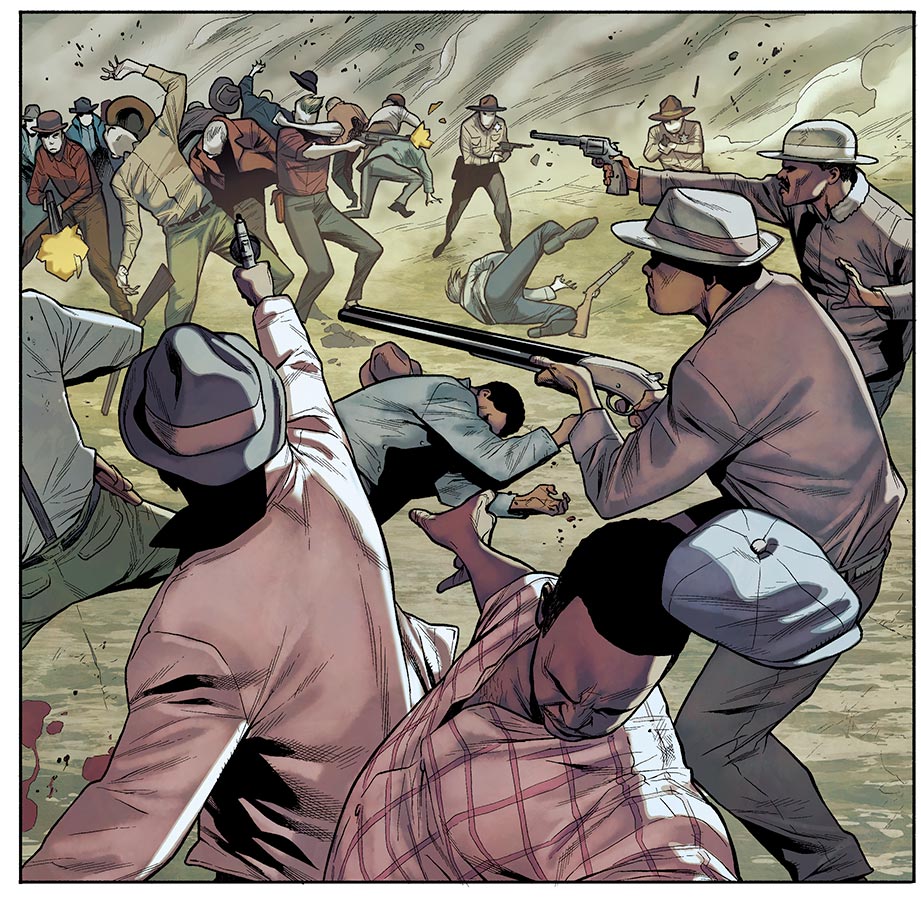
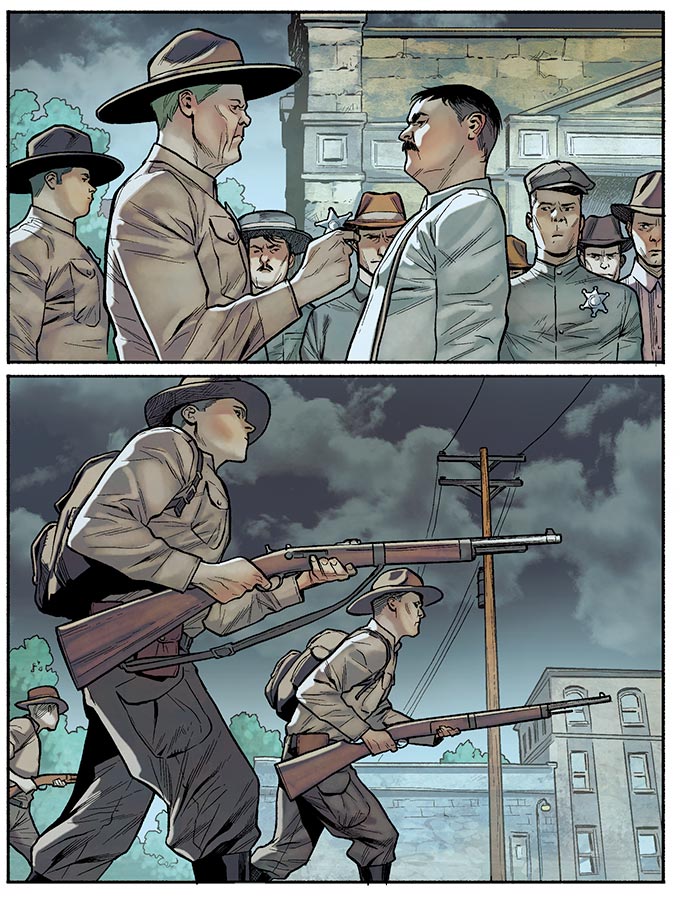
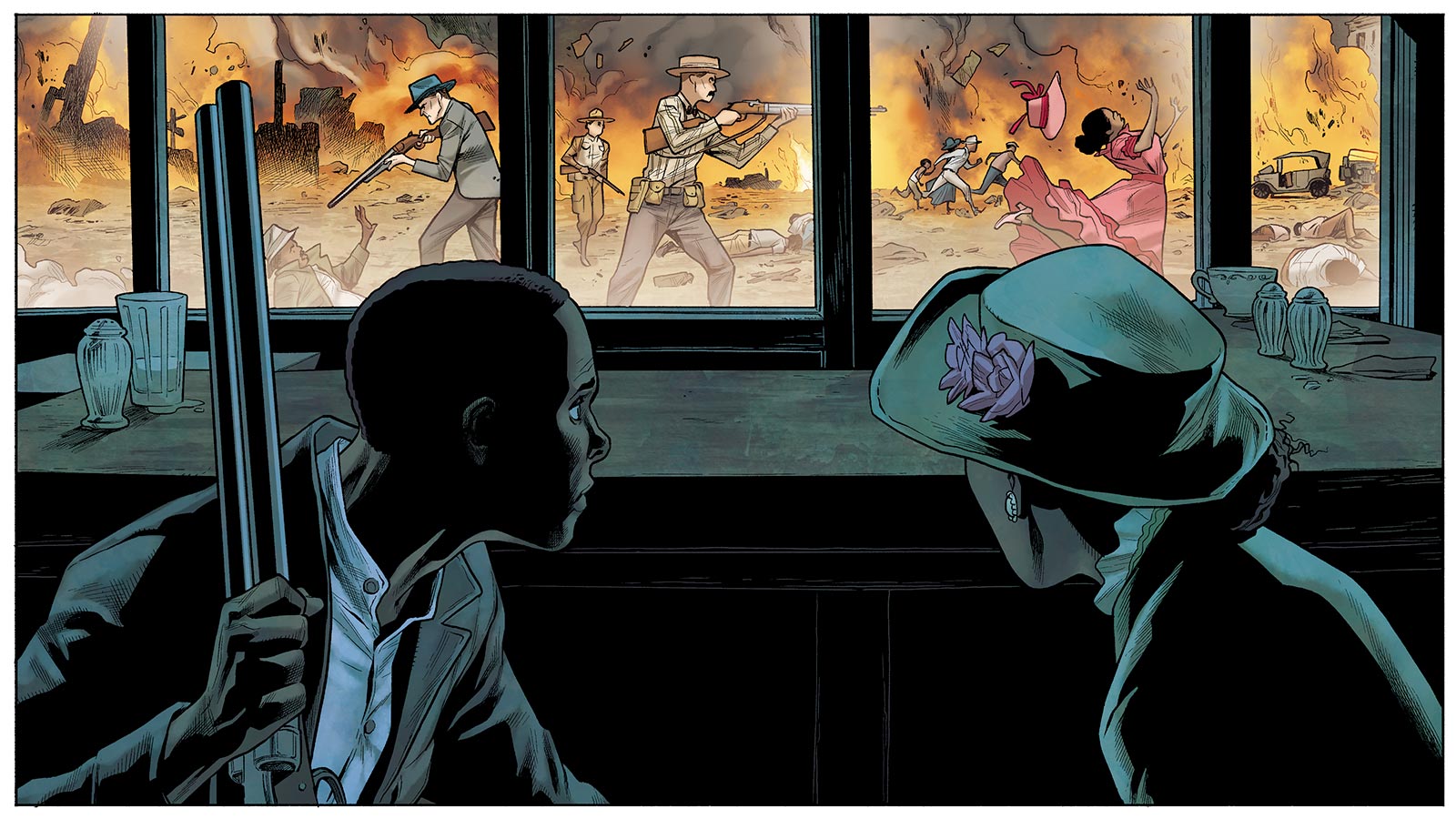


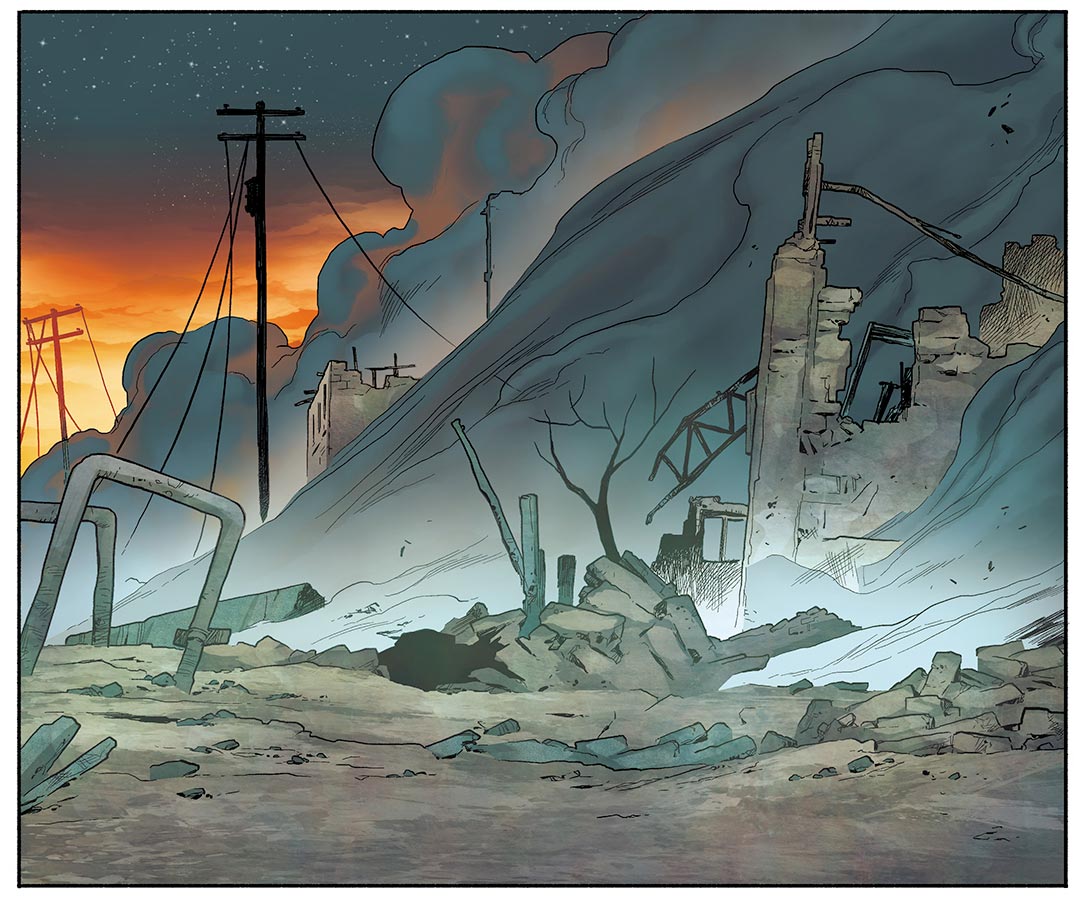
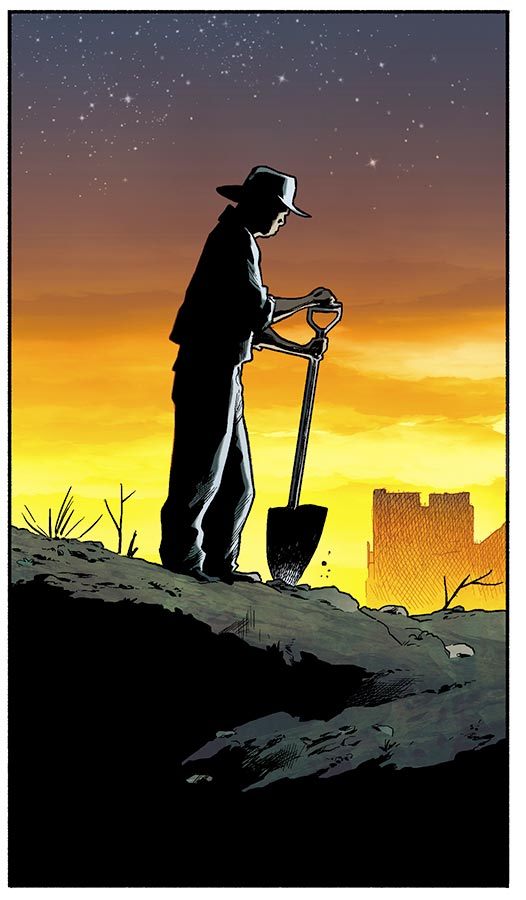
100 - 300 Greenwood residents killed
9,000 Greenwood residents left homeless
1,200 Greenwood buildings destroyed
$50-100 million in property damage
“If you bury something long enough, it can become very difficult to unearth.”
Dr. Scott Ellsworth is a professor of Afroamerican and African Studies at the University of Michigan and author of Death in a Promised Land, the first comprehensive history of the Tulsa massacre. He was also one of the lead scholars for the Tulsa Race Riot Commission and a key player in the battle to secure reparations for survivors. According to him, the lasting trauma of the massacre is also intrinsically tied to the silencing of survivors.
“For 50 years, the story was actively suppressed in Tulsa, and it was deliberately kept out of the White newspapers. The people who brought it up were threatened with their jobs; they were threatened with their lives,” he says. The story of the massacre indicts White America, which is why it was buried for so long. Without the perseverance and openness of the survivors of the riot, he says, there would be no mainstream acknowledgment of what happened in 1921.